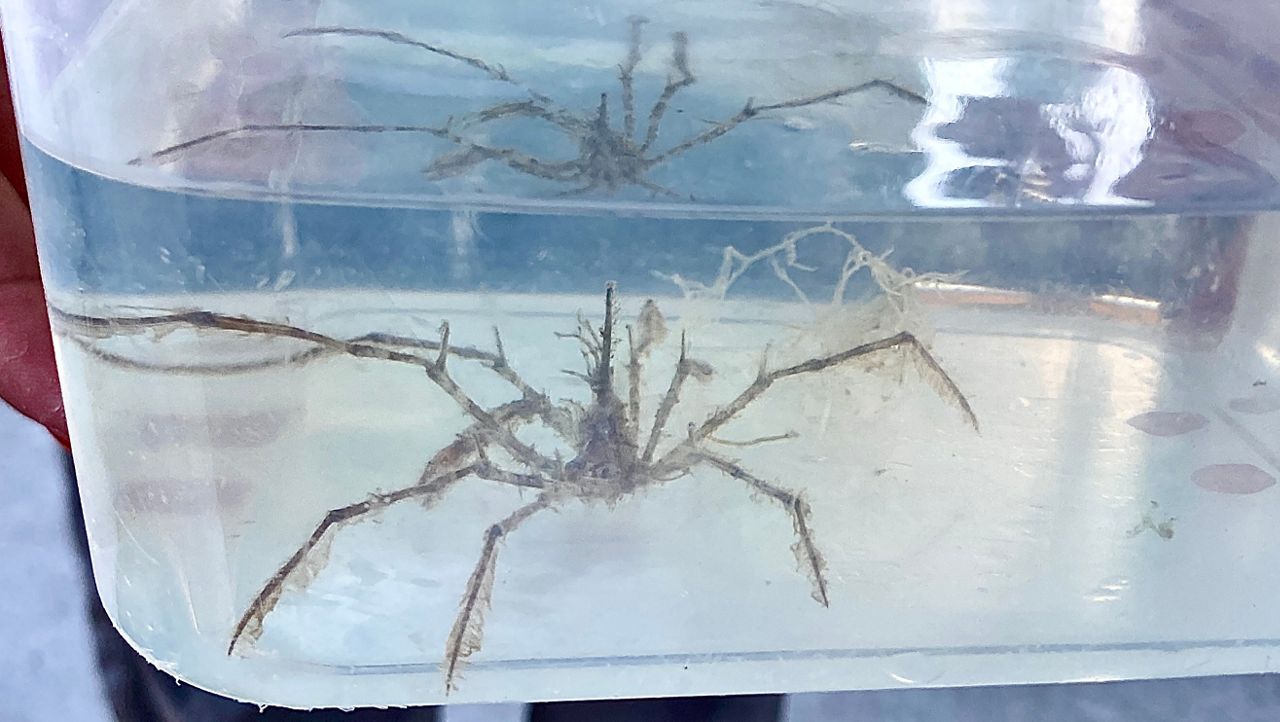ORLANDO, Fla. — In a study analyzing oral health disparities among Latino residents in the United States, the CareQuest Institute for Oral Health found Latino communities to be more vulnerable when obtaining proper dental services.
The study’s findings have raised major concerns among Latino doctors who argue the gaps in accessing oral health care for Hispanics can be diminished by diversifying the medical field.
“Disparities in oral health affecting the most vulnerable populations in the U.S. are especially impacting Latino communities,” the report said. “Factors such as culture, language, immigration policies, anti- immigrant sentiments, and racism, in addition to other social determinants of health, are influencing Latinos’ inability to access oral health care.”
According to the report, Hispanic children aged 6-11 have the highest prevalence of decayed filled teeth when compared to other children. The report also found Hispanics were more likely to report their status of their teeth and gums as “fair” or “poor.”
The study has sparked an impassioned discussion among some about the urgent need to address the lack of diversity in the field of dental health.
“We need to educate the (Latino) community more that we have,” said Dr. Frances Ballagas, a Puerto Rican endodontist who has operated in Central Florida for 22 years. She argues that the lack of Latino doctors in the dental field is pushing Hispanic clients away from obtaining proper care.
According to the American Dental Association, less than 6% of all U.S. dentists are Latino whereas over 68% of dentists in the country are white.
“It’s a big surprise — kind of like a sad surprise — so I hope we can encourage and probably educate students to know that we need more students to speak Spanish,” said Ballagas, of Innovative Endodontics.
The trained dental expert said she believes the impact of not having accurate representation forces Hispanics to find alternative ways to maintain healthy teeth, and often pushes clients to travel to Latin America for cheaper services.
“The biggest thing is the language barrier," she said. "The patients come here and will say to me, ‘I didn’t understand the options. It was not explained to me – the details.'"
In a report aimed to better understand those who travel outside the country for medical services, the U.S. Centers for Disease Control and Prevention surveyed 582 medical tourists and found dental work to be the top treatment Americans sought in other countries. Of medical tourists who cited the cost of care, 70% said they traveled to receive dental care.
However, despite the many challenges Latinos may face at the dentist’s office, Ballagas stresses clients to not travel to other countries for cheaper services. She said if nothing else, Hispanics should always follow a traditional teeth care routine when in doubt.
“Use the mouthwash, the floss, brush your teeth twice,” Ballagas said.
Aware of the many barriers that arise at the dentist’s office for Latino patients, Ballagas acknowledges the importance of having dentists from diverse backgrounds, because it leads to a better health outcome within the community.
“Show empathy so that we can build that trust with the Hispanic community, so that when they come here, they know that we care,” she said.
To diminish the oral health disparities found among Latinos in the U.S., the CareQuest Institute recommended better collection on health data among the Hispanic community and an increase on oral health education for both parents and children.
“It is essential to understand the micro-cultures within the Latino community to address behavioral patterns in oral health,” authors of the report wrote.









